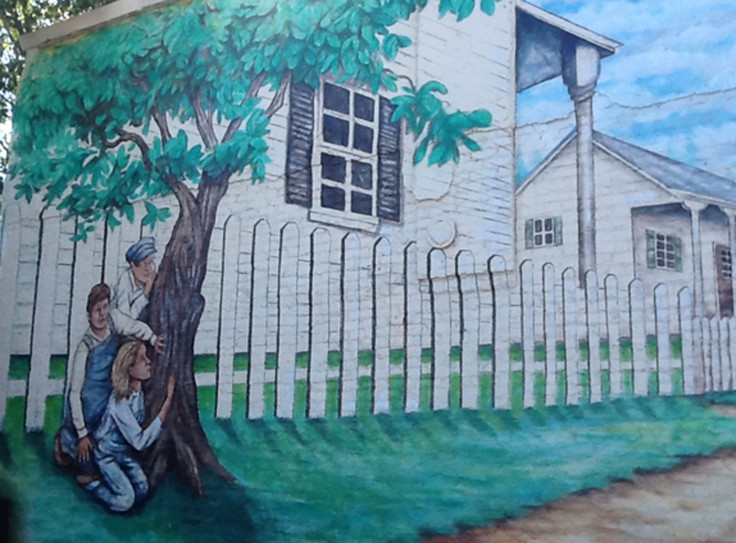Harper Lee Biography: Key Facts To Know About The Author

Harper Lee’s Pulitzer Prize-winning novel “To Kill a Mockingbird” (1960), which deals with the racism she observed as a child in her hometown of Monroeville, Alabama, is widely read by U.S. teenagers as part of their secondary education curriculum, and it was announced today that Lee will publish her second novel this summer. But what were the circumstances that Harper Lee grew up with that helped shape her well-known masterpiece?
Born Nelle Harper Lee on April 28, 1926, in Monroeville, Alabama, Lee is a descendant of Robert E. Lee, a Southern Civil War general. She was named after her grandmother Ellen -- only spelled backward. Her father Amasa Coleman Lee was a former newspaper editor, proprietor, state senator and lawyer in Monroeville, similar to Atticus Finch, the protagonist’s father in "To Kill a Mockingbird." In a 2006 biography of Lee, it was said that her father also once defended two black men, a father and son, accused of murdering a white storekeeper. Both clients were found guilty and hanged.
Lee studied law at the University of Alabama from 1945 to 1949, and spent a year abroad at Oxford University. She dropped out of college during her senior year to become a writer in New York, much to her father’s dismay. She was childhood friends with Truman Capote, who also lived in Monroeville in the 1930s. Prior to her literary breakout, her career included stints as an Eastern Air Lines and British Overseas Airways reservation clerk in the 1950s. In 1959, she accompanied Capote to Holcombe, Kansas, as a research assistant for Capote’s "In Cold Blood" (1966).
Lee first began writing "To Kill a Mockingbird" in 1957 after she had found an agent, Maurice Crain, who gave her a year’s worth of wages and the freedom to write whatever she wanted. The original manuscript, however, resembled a string of separate stories, and following two and a half years of rewriting, it was published in its final form in 1960, according to Newsweek. The book was largely autobiographical: The protagonist’s family name Finch was the maiden name of Lee's mother Frances Cunningham Finch, and the character of Dill was inspired by Capote, according to Lee’s biography on her website.
"To Kill a Mockingbird" became an immediate best-seller and won the Pulitzer Prize for fiction in 1961. Lee was 34 when the book was published. Despite her success, Lee never published another book and returned to Monroeville, where she avoided giving interviews -- that is, until Tuesday, when Lee's publisher announced that a second recently discovered novel will be published this summer. The book, titled "Go Set a Watchman,” was completed in the mid-1950s and follows the story of Jean Louise "Scout" Finch, the protagonist of "To Kill a Mockingbird," all grown up and reflecting on her childhood.
“I hadn’t realized it had survived, so was surprised and delighted when my dear friend and lawyer Tonja Carter discovered it,” Lee said in a statement, according to the New York Times. “After much thought and hesitation, I shared it with a handful of people I trust and was pleased to hear that they considered it worthy of publication. I am humbled and amazed that this will now be published after all these years.”
© Copyright IBTimes 2024. All rights reserved.






















